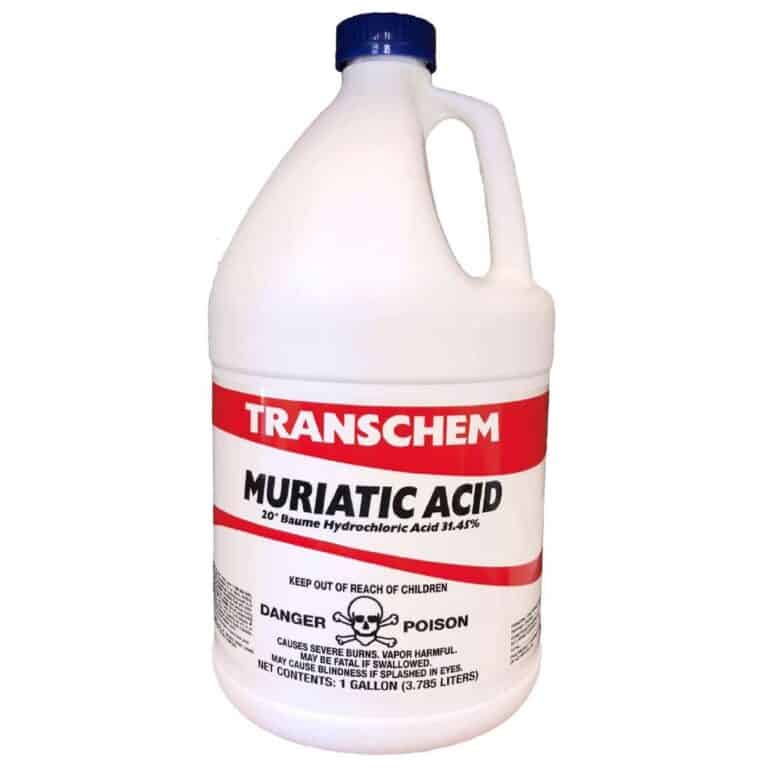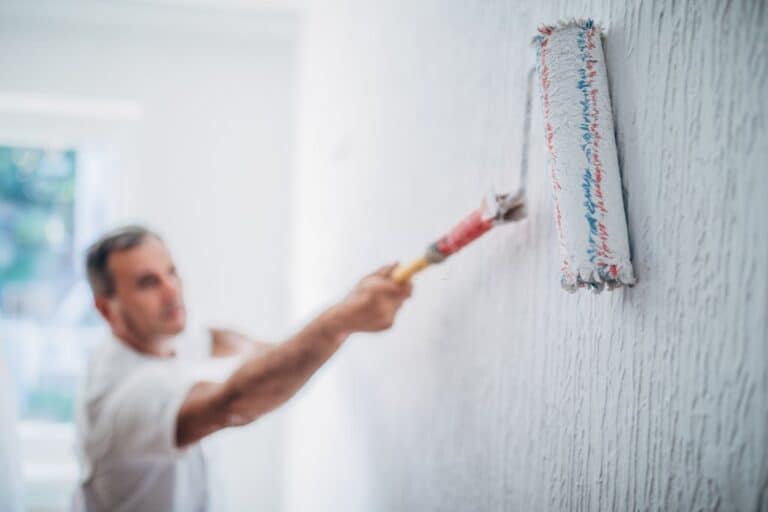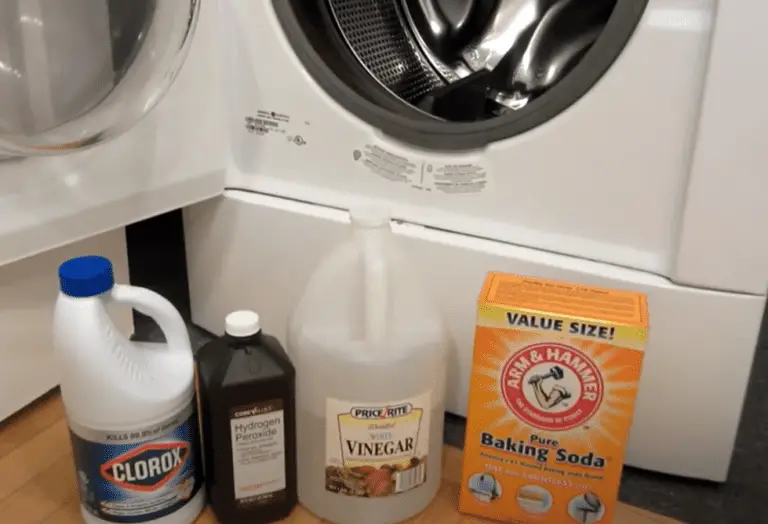Can You Mix Bleach, Baking Soda, and Vinegar Together?
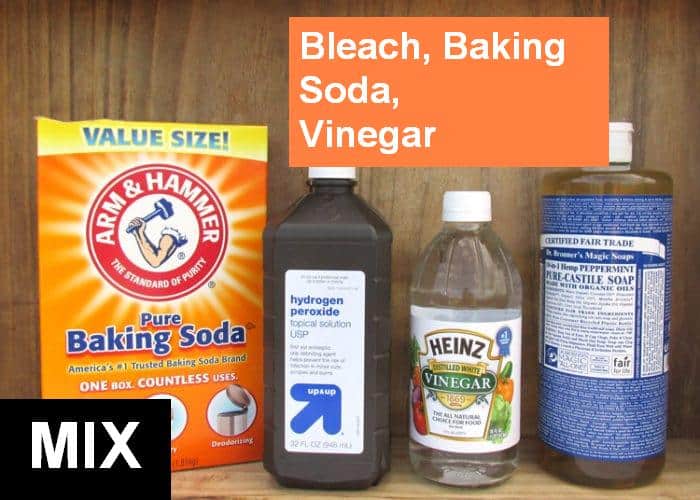
There are some cleaning products in your house which aren’t intended to be mixed with others. You are probably well aware that strong chemicals such as bleach and ammonia should never be combined. This also applies to cleaning and disinfectants like bleaching agents.
Bleach, baking soda, and vinegar are three of the most popular grocery supplies in your home. They are available in your nearby store and come cheap. You use them regularly. But they should not be mixed together.
Unlike the bleach-ammonia mixture, mixing baking soda and vinegar will not harm anyone. The end result is considered safe. But don’t expect it to clean effectively.
Do you know that when you combine baking soda and vinegar, they practically offset each other out? So you will not gain what you expect from their end product. But in some conditions, you can still benefit from mixing them together. The key is: they should be mixed in the appropriate way and for the right amount of time.
Mixing vinegar and bleach, on the other hand, is not a good idea. Is it possible to blend bleach and baking vinegar? No, and you should not attempt this or store these two together in a non-ventilated storage space.
Before you mix and make a combination of bleach, baking soda, and vinegar please take one crucial step. It is important to follow the direction of use in each label. This will make use of the best of them and prevent any harm. If there is no indication to mix or dilute it with water, just don’t do it.
What Does Combined Baking Soda And Vinegar Do?
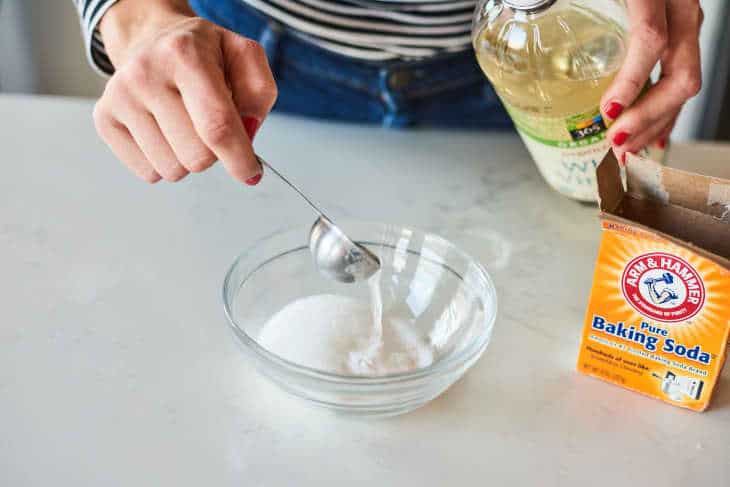
Nowadays, many people are following a “Go Green” lifestyle and only using “Eco Friendly” products. They believe that baking soda and vinegar are the best cleaning reagents. They are refusing to use cleaning agents that contain chemicals.
Baking soda and vinegar are effective on their own. But when you combine them, nothing bad happens, and you wouldn’t get a magical product. They practically neutralize each other. The end product result loses all of the benefits of the two elements.
The mixture of vinegar and baking soda are essentially producing a lot of carbon dioxide. This releases a lot of bleach into the air. So when you try to mix them, you should allow the room to be ventilated to be safe. It’s dangerous to inhale a lot of bleach or CO2 from the end product result.
In case you’re wondering, combining vinegar with baking soda for cleaning purposes isn’t a smart idea. Mineral stains are easily removed with acids. Baking soda may be used in combination with some cleansers to soften water, change pH, or catalyze reactions when mixed with items like H2O2. And, depending on the dosage, they can both kill certain germs. When you combine the two, you obtain a salt (sodium acetate), which is unlikely to accomplish much other than leave salt streaks.
Mixing Bleach And Baking Soda: Is It Safe?
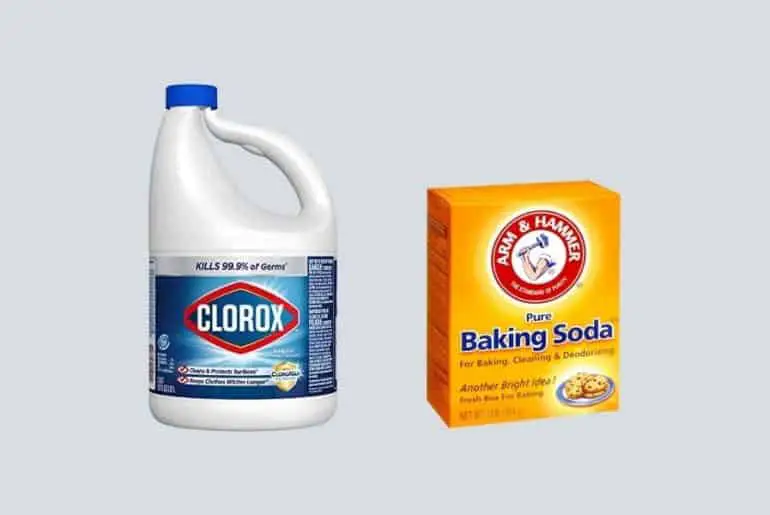
Mixing bleach with baking soda has no negative effects. The end product can be used safely. Baking soda is likely the only cleaning ingredient that can be mixed properly with bleach. This is because this combination will not react poorly. The mixture is not producing harmful and unsafe gases like chloramine.
Many people use this DIY cleaning mixing technique for washing their white garments. There are benefits behind this.
Baking soda neutralizes the bleach’s strong odor while also enhancing its cleaning capabilities. As a result, your garments will be whiter and fresher. This is ideal for white clothing that has faded over time.
You can also use the mixture to clean mold and remove mildew. Take safety precautions by wearing a face mask, gloves, and safety eyewear. This is because you’ll be applying this on molds, which might cause a chemical reaction. Keep doors and windows open if the room doesn’t have a circulation vent or fan.
Scrub the walls with a hard brush after applying the paste. Scrub till the mold is no longer visible. Then you will need to wait for the paste to dry.
Can Bleach And Baking Soda Mixture Hurt You?
Bleach and Baking Soda if used iindividually are solid cleaning agents. Some people believe the cleaning characteristics of two items can be stronger if mixed into one. Two is better than one.
Perhaps it’ll be more successful at removing that awful stain off the couch or the revolting mildew from the bathroom tile. They hope it may make a superior cleaner and disinfectant.
However, there is a hidden danger that most people are unaware of. It’s dangerous to combine vinegar with bleach. How rapidly these two substances may react to form poisonous chlorine gas.
In any case, combining these compounds is extremely hazardous.
Safety and Effectiveness of Bleach Cleaning
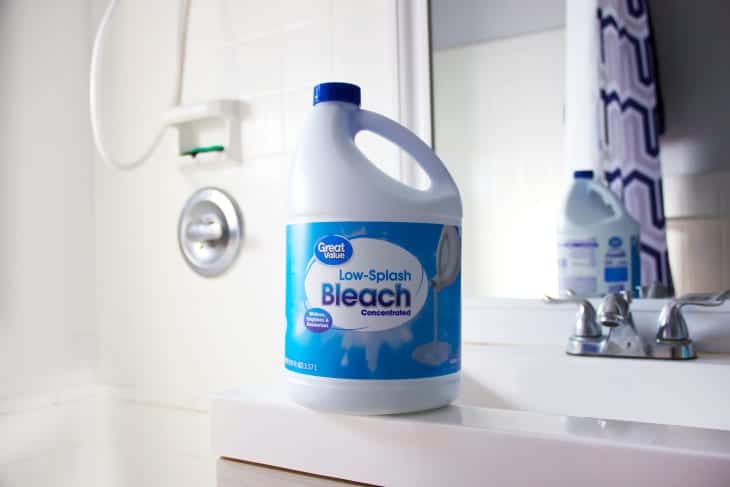
First thing first. Bleach should never be used with other home cleansers like ammonia or vinegar. It’s possible that a chlorine gas, such as chloramine or chloroform, will be produced. This gas has potential to be lethal.
Any product containing bleach can irritate your skin, So it is required to use gloves while working with any bleach or chemicals.
It’s also important to keep bleach cleansers out of reach of children and animals. You should keep in mind that if you make a DIY with bleach and water solution (like in a spray bottle), it will naturally break down over time. This is due to light, temperature, air and other factors. So the storage medium should be changed on a frequent basis, ideally every few days. To avoid waste, you should make a smaller volume of bleach-water solution rather than a big medium.
Bleach And Cleaning Bleach: Is There the Difference?
Numerous items are manufactured for a variety of uses. Ordinary home bleach is not at all like a disinfectant that contains bleach. Another typical ingredient in these products is scent.
If you dilute household bleach (chlorine bleach) with water, you may use them to clean and disinfect any surface. That doesn’t change even after dilution. Dirt and debris must first be removed from the surface by using soap and water to clean it up. Disinfect with weak bleach after allowing it to air dry fully.
Proper Way to Use Baking Soda and Bleach
Please use caution when cleaning with bleach, take correct safety measures and precautions. You must work in a well-ventilated area. The area needs to have free air inside and outside. This is important to avoid breathing or inhaling toxic chlorine gas. Protect your skin with rubber gloves, and consider using eyewear or face mask to protect your eyes and face from the gases emitted by intense bleach cleaners.
- Cleaning Paste for Grout from Baking Soda and Bleach
You can mix bleach and baking soda to make a paste for grout cleaning. Mix about 1/4 cup bleach to 3/4 cup baking soda. This mixture provides a potent grout cleaning.
This “bleach paste” should only be used for deep grout cleaning. Mold, mildew, and serious grout stains can be removed effectively with this product. If you want to bleach your grout, make sure there are no other cleaning ingredients left behind (like vinegar) before you start.
- Baking Soda and Bleach Mixture for Laundry
Baking soda has traditionally been used to soften hard water in laundry. This will make your clothes and garments become softer after washing.
Additionally, it is a mild abrasive and natural deodorizer that may be used to clean your washing machine. I recommend using it on a regular basis to keep front-loading washing machines smelling fresh.
To make your clothes whiter and your machine cleaner, put them in a separate container. Put bleach in the bleach compartment and baking soda in the drum.
- Stain Removal for a Typical Household
The mixture of bleach, water, and baking soda in a solvent are an efficient combination for eliminating common household stains. Think about stubborn wall scuffs, stained window sills, dingy window frames, and other things that need to be cleaned.
Put 4 cups water, 4 teaspoons bleach, and 1 teaspoon baking soda in a mixing bowl. Pay attention that the bleach in this mixture could last 24 hours before it begins to degrade.

